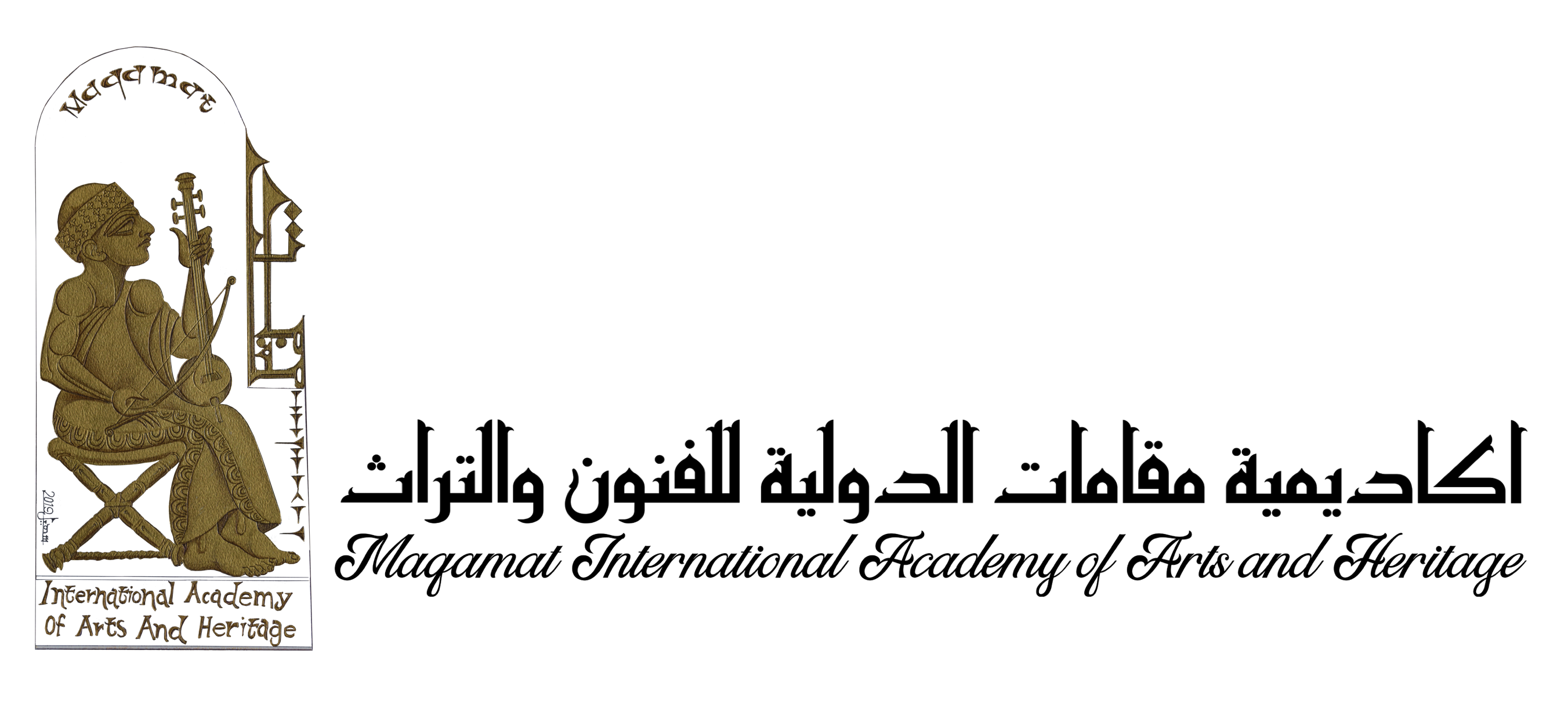Qanun

“…Because the Qanun has only 8 notes per octave, the musician grants the instrument using…”

Qanun is the descendant of the ancient Egyptian harp. It has been an integral part of Arab music since the 10th century. The word Qanun means ‘law’ in Arabic and the word exists in English in the form “canon ». This name was probably given to the Qanun because it is the instrument that establishes the law in regards to the frequencies (pitch) for other instruments and singers.
The body of the Qanun consists of a flat wooden board in the shape of a trapezium on which 81 ropes are stretched in groups of three, with 24 sharp ropes consisting of three ropes for each note. The instrument is placed flat on the musician’s knees or on a small table. The cords of the Qanun are pinched with two little sticks attached to the index finger of each hand. A long bridge to the right of the instrument is installed on windows covered with goatskin (or fish) allowing the resonance to be transmitted to the box.
On the left side, each string passes over a series of small brass levers that are used to change the frequency microtonally (pitch). Because the Qanun has only 8 notes per octave, the musician grants the instrument using levers to obtain the desired starting Maqam. When the musician needs to modulate to another Maqam, he must change the levers with his left hand at the same time as he continues to play with the right hand. Finally, rapid modulations can also be obtained by using the left thumbnail to temporarily mount the frequency (pitch) of certain strings.
Phone
Follow Us
Opening Hours
Fri: From 10am to 9pm
Sat: From 10am to 7pm
Sun: From 15pm to 7pm
Address
309 Queen St South,
Mississauga, Ontario
L5M 1L9

